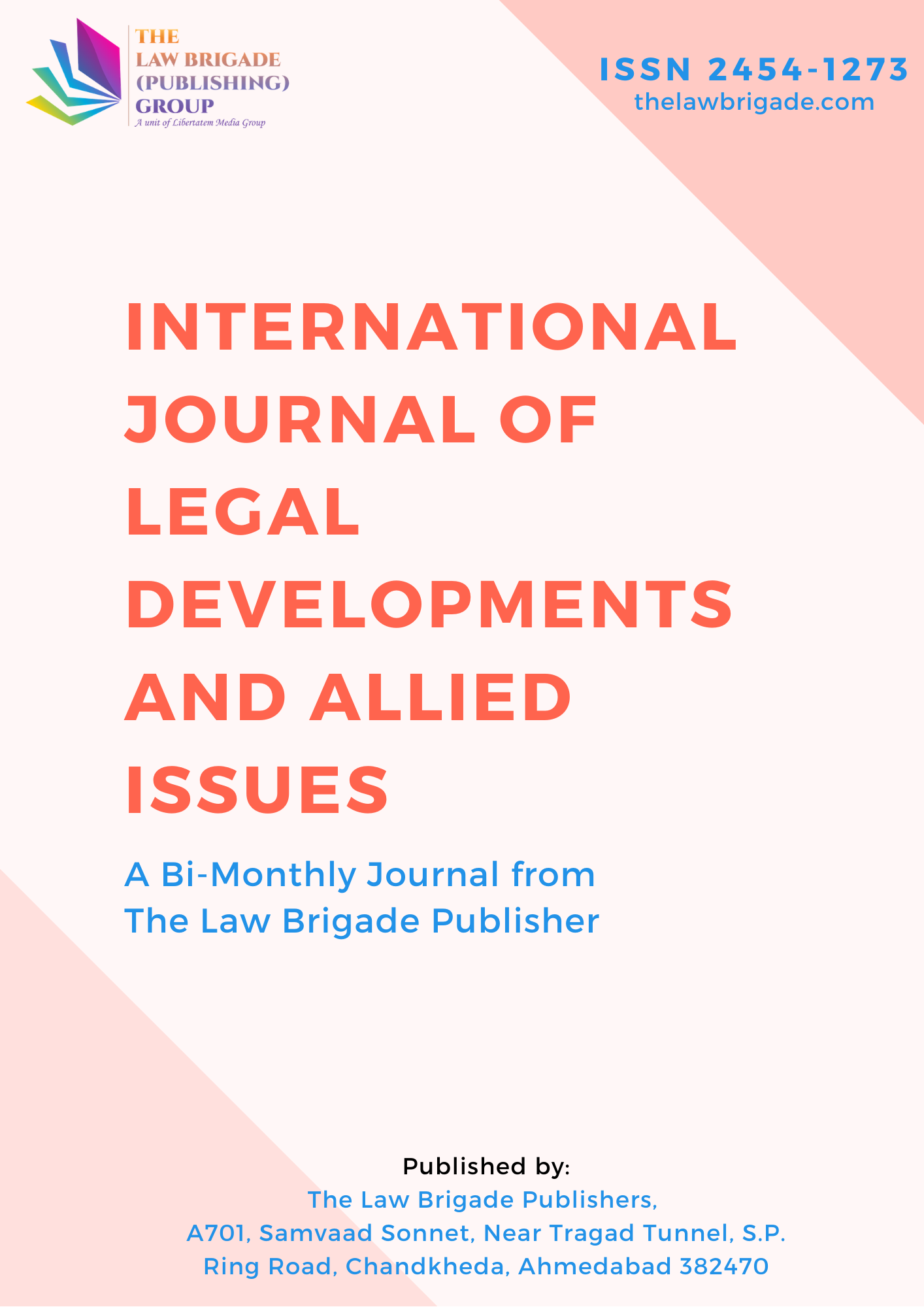The traditional range of trademarks has been limited to words, symbols or designs or a combination thereof. Even if there are small differences from country to country, this scope is somewhat steady and the expansion of this scope has been discussed for more than 100 years. Any trademark that does not fall within that traditional scope of ‘word, symbol or design or a combination thereof shall be considered as a non-conventional trademark.
With the industries seeking new forms of protecting their marks with sensory appeal through colour, scent and sound, the adoption warrants special consideration. Across the globe, though these marks have attained attraction, the difficulty in the graphical representation of these marks hinders their statutory recognition.
Over time, colour and colour combinations play an important role in distinguishing products in the marketplace. The use of single colour per se has got recognition in many jurisdictions. Yet another important leap is in the introduction of sound marks and scent marks in commerce. The reduction of these marks into a description in the paper is what makes it difficult to provide statutory recognition.
Through this new concept of unconventional trademarks is helpful to the customers and innovative to the producers, this has expanded the subject matter eligible to be protected. This expansion has erased the clear delineation between patent, copyright and trademark law and leads to overlaps that allow multiple bodies of intellectual property law to simultaneously protect the same subject matter. The overlapping of intellectual property rights is not yet addressed among nations. Often these overlaps can create overprotection of intellectual property by avoiding some of the carefully developed doctrines designed to limit protection under a specific body of intellectual property law.





